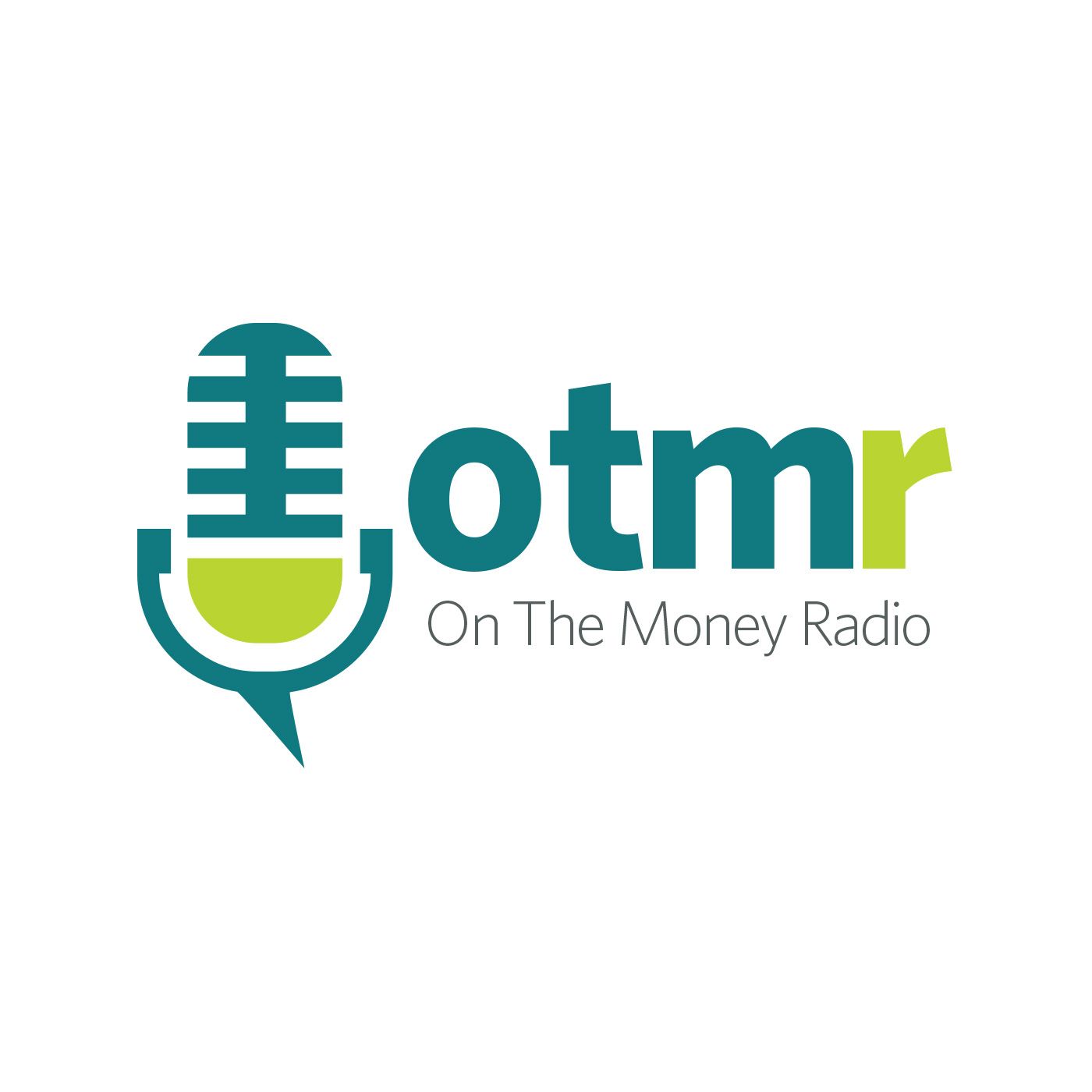S&P 500 Trumps The Donald

b'It seems the silly season is in full swing as presidential contenders jockey with each other to capture our attention in the media. So far, no one has done this better than Mr. Donald Trump. Now, his Net Worth has been the subject of much speculation and light on facts but Mr. Trump\\xa0puts his numbers at $10 billion or more. So researching this point further, I came across an article by Karla Bowsher on MoneyTalksNews.com (www.moneytalksnews.com/why-youre-probably-better-investing-than-donald-trump/)\\xa0which took a more interesting tack, I thought. It calculated what he would be worth today if he had simply invested in the S&P 500 rather than followed his own investing ideas as a Real Estate Magnate.
So here\\u2019s a little tidbit on him. Trump got a big head-start in life because his father, Fred, was a multimillionaire New York real estate developer\\u2026 and, to give credit where it\\u2019s due, The Donald did grow what he inherited and created a fortune of his own.
But what if he\\u2019d simply stopped working 30 years ago and invested all his money in a simple S&P 500 Index fund; What would he be worth today?
At a high level, here are the numbers. Trump is estimated to be worth about $4.1 billion in the latest \\u201cForbes 400\\u201d list, which puts him in the No. 133 spot of the richest folks in America. But in a recent press release, The Donald says he\\u2019s worth about $10 billion \\u2013 so fine, let\\u2019s give him the benefit of the doubt and assume his net worth is $10 billion.
Now, Trump was also on the Forbes 400 list in 1982, when the magazine published its first annual list of America\\u2019s wealthiest citizens. That year, Forbes estimated Trump\\u2019s fortune at over $200 million but also acknowledged that Trump claimed it was $500 million. I guess there\\u2019s a pattern here, would you agree? So, again, let\\u2019s give Trump the benefit of the doubt and assume he was worth $500 million in 1982.
Now, if Trump had retired in 1982, sold his real estate holdings and invested his $500 million in the S&P 500 Index, his money would have grown at an annualized rate of about 12% from 1982 through the end of 2014, assuming dividends were reinvested.
Considering that Trump has not always been as shrewd as he\\u2019d have you believe, especially considering he\\u2019s filed four corporate bankruptcies since 1982, would he have been oin better financial shape had he just sat back and\\xa0 put his money in a simple index fund? Would he have been worth more than the 10 Bill?
The answer in one minute.
More relevantly, can you do what he didn\\u2019t? Harness the twin tools of stocks investing and compound interest? Yes you can.
While few of us have the resources to invest in each and every stock of 500 of America\\u2019s largest companies, nearly all of us have the ability to do so through mutual funds, like an S&P 500 index fund through plans such as your 401(k) or personal brokerage account.
So, if you decide to take on more risk and chase The Donald, you will need to make a couple of important decisions:
#1. First, pick an asset class. You could buy stocks or bonds, or choose from a slew of other alternative investments. But, to keep things simple, there\\u2019s nothing wrong with sticking with just stocks and bonds.
And many experts urge average investors to put their money in mutual funds rather than buy individual stocks and bonds because not everyone is equipped to truly analyze stocks and bonds. Instead, you\\u2019re better off choosing a stock mutual fund, a bond mutual fund or a portfolio of mutual funds that includes both stocks and bonds.
But in the long run, stocks offer a greater rate of return than other asset classes such as bonds. Stocks have delivered average returns of 8 percent to 10 percent annually over the last 100 years, which is more than any other asset class \\u2013 and this higher return can simply be attributed to the fact that stocks entail greater risk than bonds and participate in the growth of the United States which happens in fits and starts.'